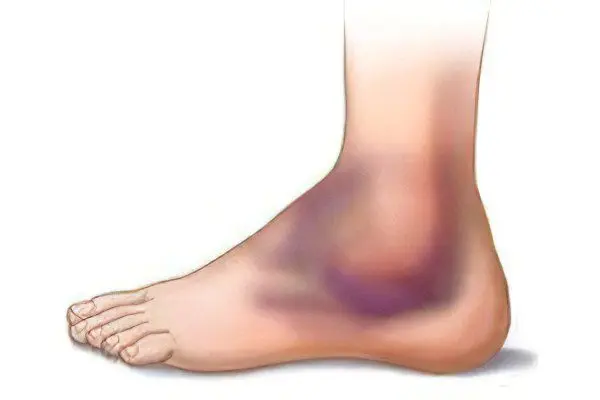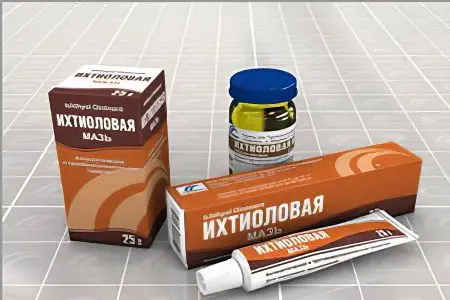
Edema is the accumulation of some fluid in the soft tissues of the body. Often, after a leg fracture, you can notice the appearance of swelling of the injured limb. This occurs due to the fact that the blood flow to this part of the body has been disturbed. Edema most often occurs only with a leg injury. It can appear both immediately after receiving the primary injury, and develop after a significant period of time, despite the fact that all traces of the resulting fracture have long since healed.
Usually, swelling resulting from a leg injury is a long-term and non-passing phenomenon. Often the cause of such consequences of an injury, in addition to poor blood flow, is damage or violation of the integrity of muscle tissue, muscles or ligaments, disruption of their normal operation.
When swelling of the injured leg appears, the patient most often experiences severe aching pain at the fracture site. You can also notice a change in the color of the skin in this place. If the leg fracture was open, comminuted, displaced or intra-articular, then the edema can cover not only the injured part of the limb, but all of it.
Sometimes patients with such injuries can lose the sensitivity of the skin at the fracture site, experience constant pain in this place, and often a person’s motor activity decreases. It is because of this that complications can develop and controversial situations arise among traumatologists during examination and treatment.
Causes of swelling after a broken leg
Often there are cases when, after the plaster is applied by medical workers, the bones grow together well, and after the bandage is removed, the skin and tissues remain without visible damage, however, after a certain period of time, during the rehabilitation of the patient, swelling of the previously injured limb occurs.
Such problems are mainly considered lymphatic, which gave them the name “lymphostasis”.
Lymphatic edema occurs as a result of disruption of the production and outflow of lymph. And as a result of a fracture, not only bones can be damaged, but also nearby tissues, blood vessels, muscles, ligaments, nerves, lymph nodes, and so on. As a result of the appearance of lymphostasis, complications can occur, which manifest themselves in the form of elephantiasis, cystosis, ulcers, fibrosis, and others. There are cases when, with tissue edema, not only its compaction occurs, but also thickening of the skin occurs in the place where the injury was received.
If the integrity of the ligaments is violated, movements in the joints are limited, or vice versa, excessive mobility appears in them. Because of this, the joints swell more, which is the cause of growths in bone tissue and the development of the disease “ivory”.
If any symptoms of leg swelling appear after a fracture, you should immediately consult a doctor, ignoring them entails far from the most pleasant consequences.
How to remove leg swelling after a fracture?

Relieve leg swelling after a serious injury may well be modern drugs or procedures prescribed by a doctor. There are several methods for eliminating swelling of the limbs: folk, traditional and alternative.
Traditional methods include the use of various gels, creams and ointments that help improve lymph flow, as well as blood flow. To apply this method of treatment, preparations containing heparin, anti-inflammatory substances and ketoprofen-containing topical preparations are used.
In addition to drugs that are used only externally, various physio procedures are also used, such as UV irradiation, electrophoresis, electrical stimulation, and so on. However, you should always remember that traditional methods of treatment do not always give the patient the opportunity to see the result in a short period of time.
Here are some examples of what a doctor can prescribe to relieve leg swelling after a fracture:
Ketoprofen or ichthyol ointment, they have a warming effect, improve blood flow and lymph outflow. They should be applied no more than 2-3 times during the day, gently rubbing into the skin area until completely absorbed;
Hydromassage or even regular massage will also contribute to a better blood supply to damaged tissues and improve the production and outflow of lymph. Massage can be entrusted to a specialist, however, if you wish, you can do it at home on your own after an experienced massage therapist consults you;
Muscle electrical stimulation also has a beneficial effect on tissues and muscles after injury;
electrophoresis;
UV irradiation of the fracture site;
Phonophoresis.









